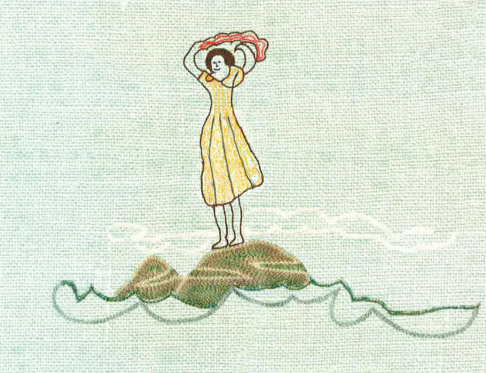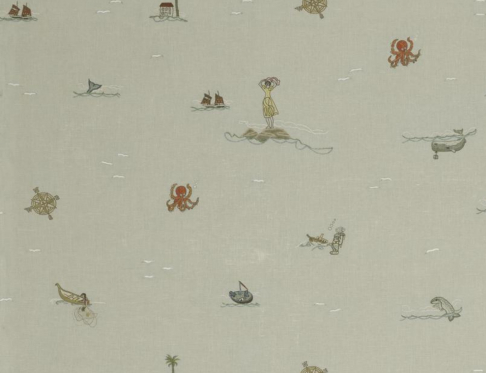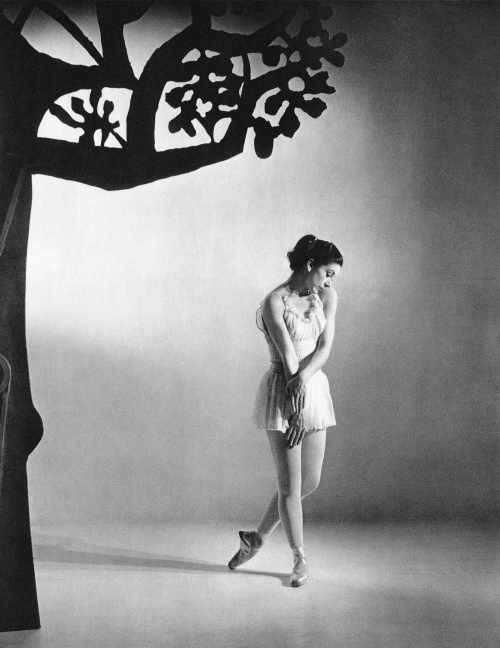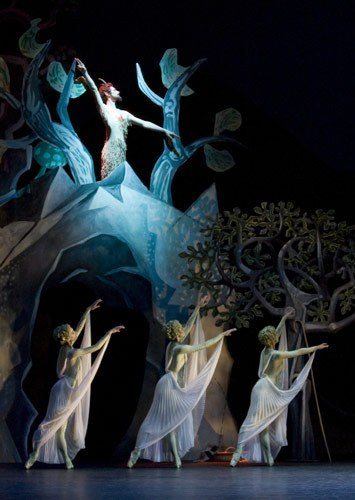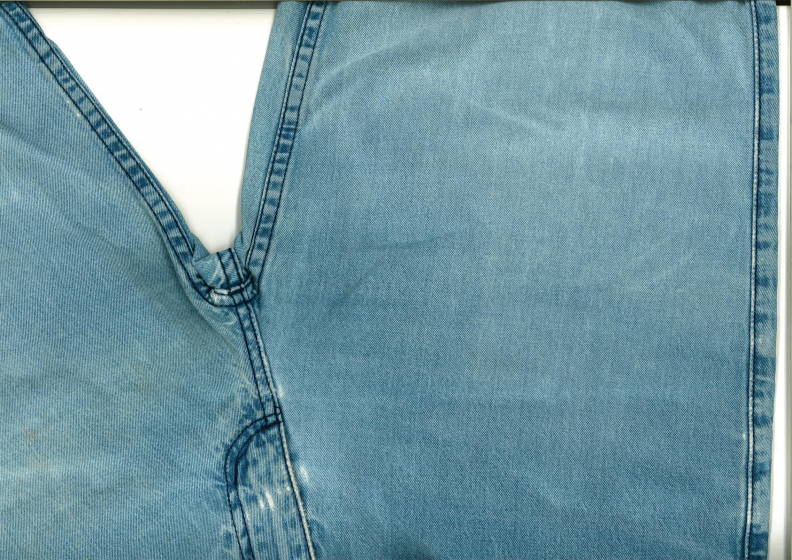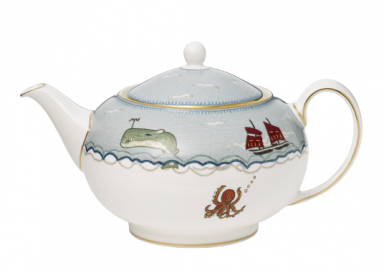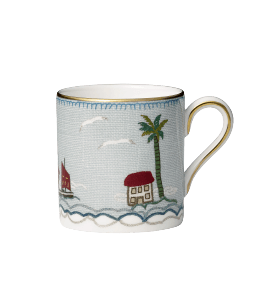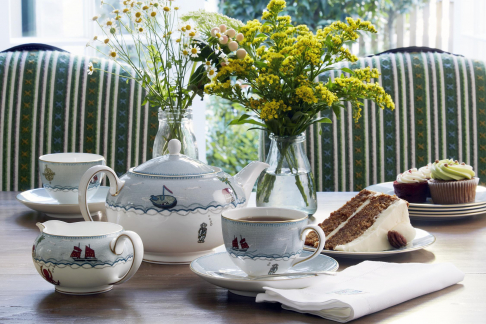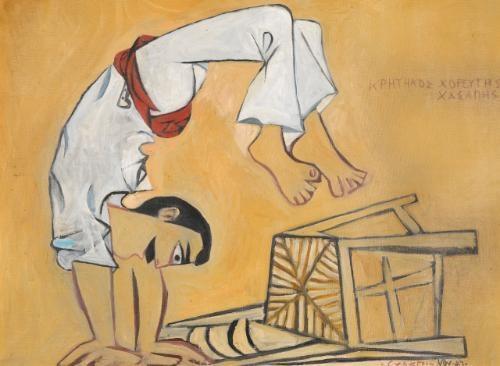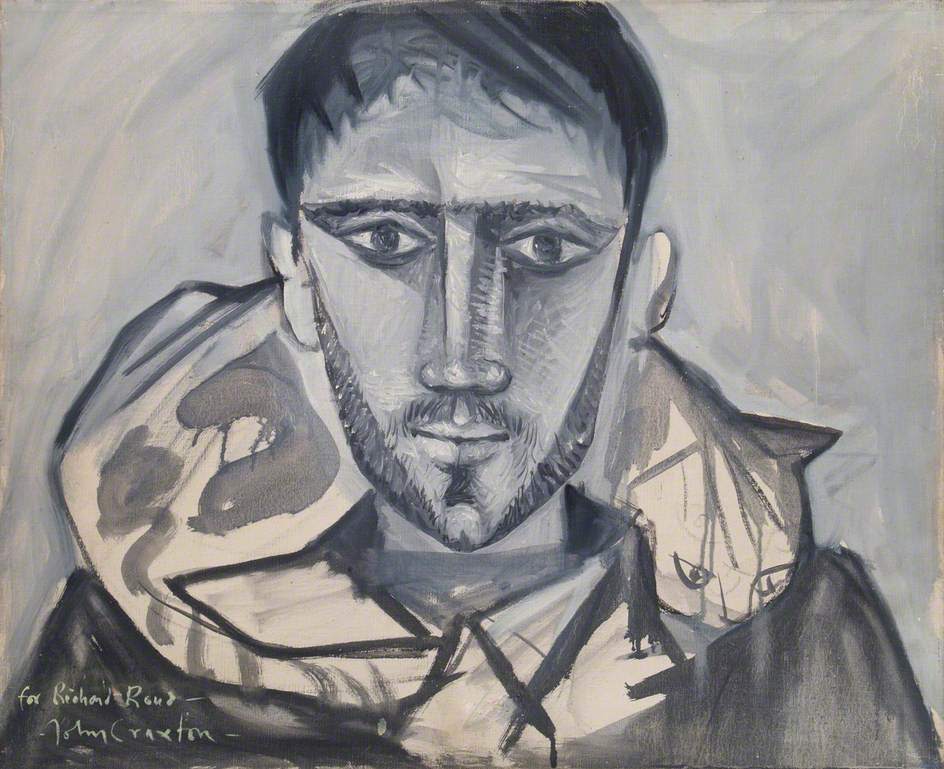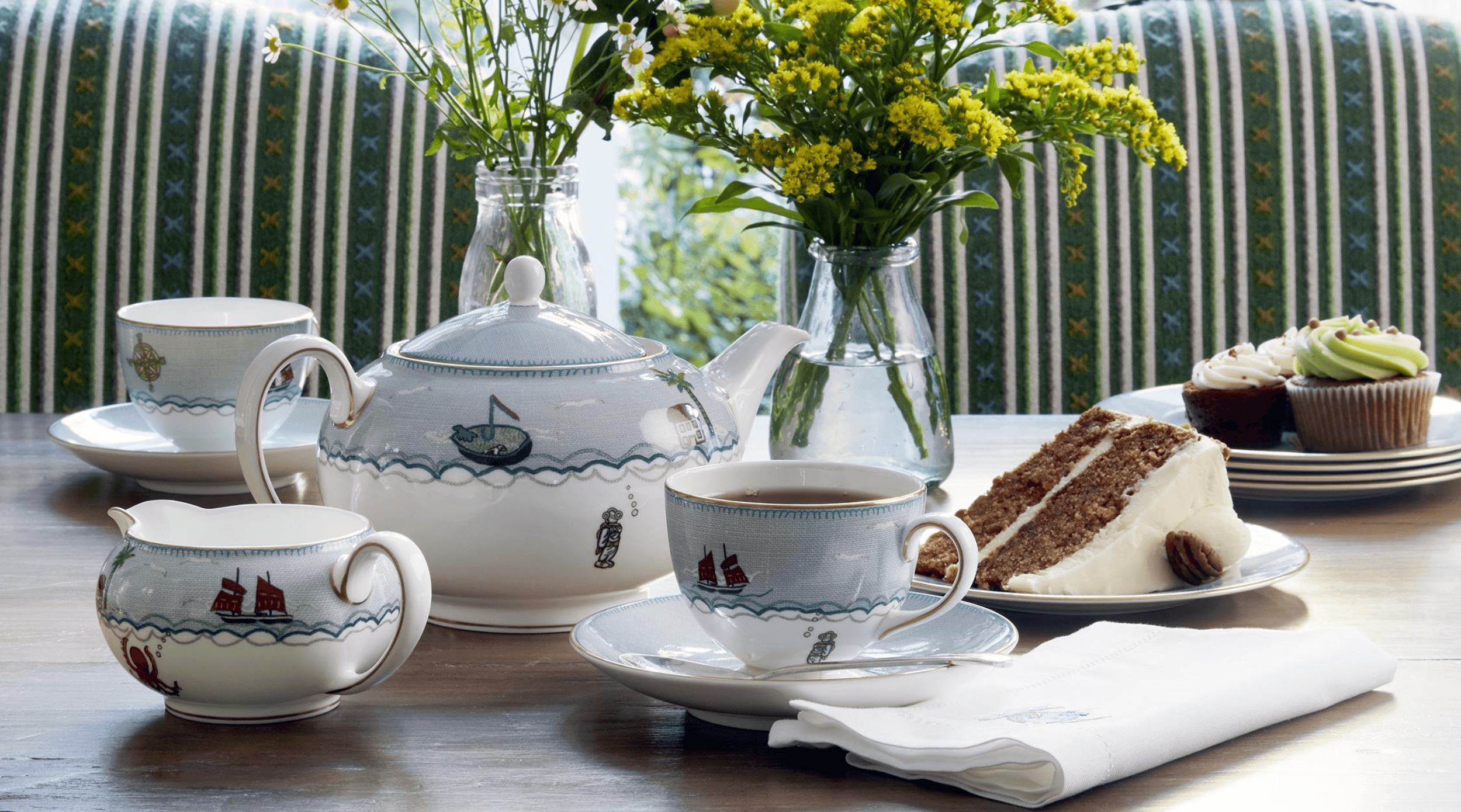
John Craxton (1992 – 2009)
I recently went to see the John Craxton exhibition, ‘Drawn from Darkness’, at Osborne Samuel Gallery in London. (We recently we spoke about the special Mark Gertler painting I purchased from the gallery, whose exhibitions I rarely miss.)
I have been a fan of John Craxton’s work for some time. In fact, it was a linocut of his that inspired me to design a fabric for Chelsea Textiles and a complete tea service for Wedgwood called Sailor’s Farewell. Both can be seen and used in the hotels.
It was the romantic gesture and bold graphic nature of the print that caught my imagination. Using this as a starting point, I curated a story with characters such as a woman fishing with her net, a sail boat with two little doggies, a pirate ship with billowing red sails, a home in the shade of a palm tree, a whale frolicking in the ocean, an octopus blowing bubbles and a submarine man, to name a few.
Reggie Nadelson describes the design in New York Times Style Magazine:
“A girl in a yellow dress waves goodbye to her sailor boy with her pink handkerchief. He’s out of sight, but we see the marvels she imagines he’ll encounter on his voyage: a raft with a dog and a flag; a tropical island with a hut and a palm tree; an octopus; a spouting whale; a guy — is it our sailor? — in a vintage deep-sea-diving suit and a funky little submarine.”
As with all Chelsea Textiles hand embroidered fabrics, the attention to detail is exquisite.
I discovered that John Craxton’s original painting, Girl on the Seashore (1948), portraying a Greek girl waving a scarf at a beach party, was adopted as the image for the ballerina, Margot Fonteyn, in the ballet Daphnis and Chloe.
Craxton returned from Greece in 1951 to design the décor for his friend, Ashton’s, ballet. His only stipulation was that the costumes should be modern dress, not ancient Greek. The principal dancers were Margot Fonteyn and Michael Somes. The ballet was a success and has remained in the Covent Garden repertoire ever since.
Craxton painted all the scenery by hand himself for the original production.
‘What I wanted to avoid was a lack of unity between the decor and the dancers. I wanted them to be the same scale, which was much easier to achieve if I was painting the scenery myself and not having my drawings blown up by others.’
The way my Sailor’s Farewell fabric evokes the imagination made me curious to see whether the design could be translated to a tea service, where the fabric becomes 3D porcelain. With this came plenty of challenges including trying to achieve the detail. In a marriage of disciplines, I wanted to combine textile and ceramics so that the embroidered stitches and linen background appear to unite with the porcelain.
The soft blue linen colour also proved to be tricky to recreate. It was not until we sent my husband’s favourite very well worn denim shorts to Wedgwood for colour matching, that we achieved the warm blue hue we were happy with!
All available on Shop Kit Kemp:
I am currently reading the wonderful book, ‘John Craxton: A Life of Gifts’, written by the trustee of the John Craxton Estate, Ian Collins. I love learning about how the tearaway, born in London in 1922, to a creative and bohemian family, left school with no qualifications, not even in art and developed into a celebrated artist. At the age of 23 with the war ending, he was able to travel to Greece, something he had longed to do. His often melancholy paintings were transformed to positively joyous ones. To him life was more important than art. Those are his words. It is this humanism and hedonism that lights up his work. The warmth of the Aegean inspired and fired him.
A critic once said he was struggling hard against the handicap of happiness. He found it harder and harder to complete a painting. He worked on Two Figures and Setting Sun, for fifteen years until abandoning it as a failure. I love it! It shows how important Line was in his painting. He liked to know where an object began and ended. Here, the magical coloured lines explain the play of light and contrast.
John Craxton relished life. He certainly gave himself up to joy and shared that through his joyful art. I can find endless inspiration from his work. Perhaps there is another fabric or dinner service to come!


